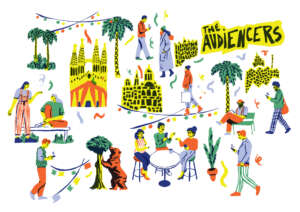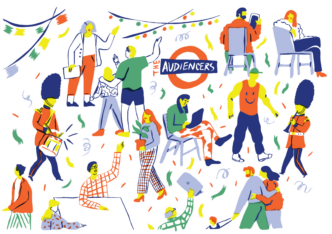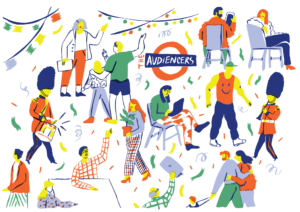

The Audience Research Methods Resource Pack was developed by Dr John Mills, the founder and director of Archen Innovate, a consultancy specializing in user-centred innovation, audience research, and developing emerging technologies, and commissioned by International Media Support.
This document is designed to be a short guide to a selection of audience research methods outlined and explored in our Local Media for Democracy workshops. These sessions were designed to be a broad introduction to approaches that publishers can undertake and integrate into their day-to-day activities. This collection should be seen as starting point. One that can be built and developed as Local Media for Democracy moves forward.
Before diving in to the research methods, some key points to mention…
What is your audience research question?
Before engaging with any audience research method, understanding what you need to know and why is critical. Each method has distinct strengths, but also weaknesses. By defining a research question, you can then identify which method and methods are best suited to answer it.
Methods offer different outputs and limitations
Each methodological approach offers specific advantages and insights, but also limitations. When publishers are considering their audience research work, understanding which individual or combination of approaches can meet your needs is an important consideration. A reference table, produced by Reforge, can be found at the end of this document to assist in identifying a useful method for your own needs.
How does it connect with editorial and/or revenue generation strategies?
Actionable research findings are essential in realizing strategic aims. Research in isolation may be interesting, but audience research that is aligned with organizational aims has utility and the potential for real-world impact.
Things change
As some of the examples included in this document show, things change. Markets, audience preferences, needs and opinions, operating conditions, demographics as well as organizational capacity and strategies shift and evolve over time. This means that audience research can sometimes have a shelf-life or may become less relevant. As such, a core recommendation is to work towards making audience research into a standard and normal part of a publisher’s operations. This pack details essential components of eight audience research methods:
- Online surveys
- A/b testing
- 1-2-1 interviews
- Focus groups
- Personas
- Observations
- Design sprints
- Co-creation and participatory design
Online surveys
Online surveys can be used in a range of different ways and for different purposes. Expansive reader surveys can collect data on broad content preferences, audience demographic data, create insights into new product development and better understand what value existing users take from an editorial product.
Comprehensive reader surveys: Spanning qualitative and quantitative feedback, a comprehensive reader survey allows publishers to collect deep information relating to their audience and preferences. Each year, The Conversation Australia runs a broad exercise to deep dive into their readers’ perceptions. Misha Ketchell, editor at The Conversation, explains that the core purpose for this approach is underpinned by their need to deliver a product that is relevant and useful to their readers.











